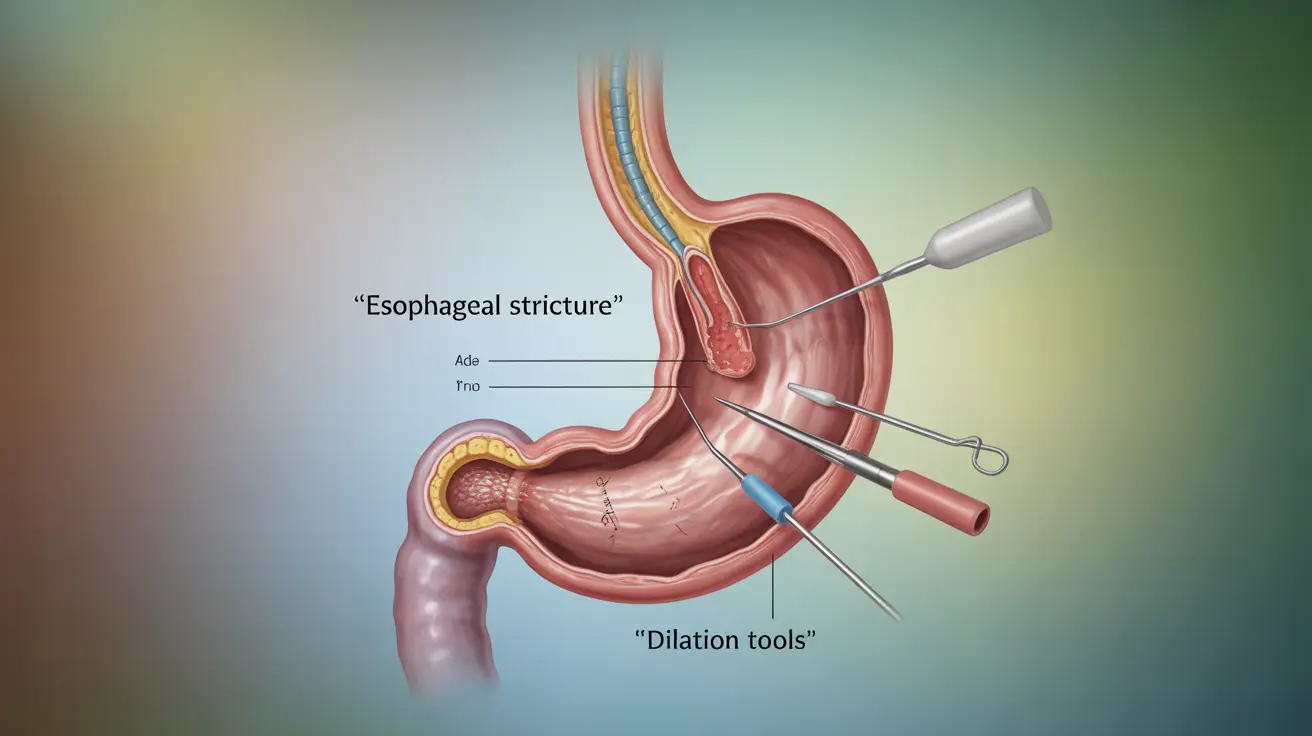Nasal irrigation through a sinus flush is a time-tested method for maintaining sinus health and relieving various nasal conditions. This therapeutic practice involves gently rinsing your nasal passages with a saline solution, helping to clear congestion, remove irritants, and promote better breathing.
Whether you're dealing with seasonal allergies, chronic sinusitis, or simply want to maintain optimal nasal health, understanding how to properly perform a sinus flush can make a significant difference in your respiratory wellness. Let's explore everything you need to know about this beneficial practice.
Understanding Sinus Flush Benefits
A sinus flush offers numerous advantages for those suffering from nasal and sinus conditions. The gentle flow of saline solution helps remove:
- Excess mucus
- Allergens and irritants
- Environmental pollutants
- Bacterial buildup
Regular nasal irrigation can significantly improve symptoms associated with various conditions, including chronic sinusitis, allergic rhinitis, and post-nasal drip. The practice helps reduce inflammation and promotes better mucus drainage, leading to clearer breathing and reduced sinus pressure.
Proper Sinus Flush Techniques
Choosing Your Irrigation Device
Several types of nasal irrigation devices are available:
- Neti pots (traditional teapot-shaped containers)
- Squeeze bottles
- Battery-operated pulsating devices
- Nasal spray bottles
Preparing the Saline Solution
Creating a safe saline solution is crucial for effective nasal irrigation. Use:
- Distilled or sterile water
- Pre-measured saline packets
- Pure non-iodized salt
- Baking soda (optional, for pH balance)
Step-by-Step Process
Follow these steps for a safe and effective sinus flush:
- Wash hands thoroughly
- Prepare fresh saline solution
- Lean over a sink at a 45-degree angle
- Breathe through your mouth
- Gently pour solution into one nostril
- Allow solution to drain from the opposite nostril
- Repeat on the other side
- Gently blow your nose to remove excess solution
Safety Considerations and Best Practices
To ensure safe and effective nasal irrigation, always:
- Use sterile, distilled, or previously boiled water
- Clean and dry your irrigation device after each use
- Replace your device every 3-4 months
- Prepare fresh solution for each use
- Avoid irrigation if your nasal passages are completely blocked
When to Use Caution
While generally safe, sinus flush may not be suitable for everyone. Exercise caution if you have:
- Recent nasal surgery
- Frequent nosebleeds
- A completely blocked nasal passage
- Ear infections
- Acute sinus infections with fever
Frequently Asked Questions
What are the benefits of using a sinus flush for allergies and sinus infections?
A sinus flush helps relieve allergy symptoms and sinus infections by removing allergens, irritants, and excess mucus from nasal passages. It reduces inflammation, decreases congestion, and can help prevent infections by maintaining proper nasal hygiene.
How do I safely perform a sinus flush using a neti pot or other nasal irrigation devices?
Use sterile water and proper saline solution, tilt your head at a 45-degree angle over a sink, breathe through your mouth, and allow the solution to flow through one nostril and out the other. Always clean your device thoroughly after each use.
What are the risks of using tap water for nasal irrigation, and how can I avoid them?
Tap water may contain harmful bacteria and amoebas that can cause serious infections. Always use distilled, sterile, or boiled and cooled water. Never use straight tap water for nasal irrigation.
How often should I use a sinus flush, and what are the signs of overuse?
Most people can safely use a sinus flush 1-3 times daily. Signs of overuse include nasal irritation, nosebleeds, and increased congestion. Reduce frequency if you experience these symptoms.
Are there any health conditions where a sinus flush might not be recommended, and when should I consult a doctor?
Consult your healthcare provider before using a sinus flush if you have frequent nosebleeds, a deviated septum, recent nasal surgery, or chronic ear infections. Seek medical attention if you experience fever, severe pain, or persistent symptoms despite regular irrigation.




